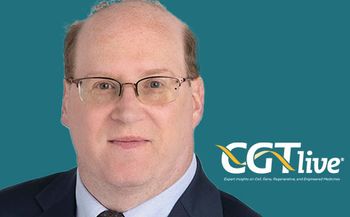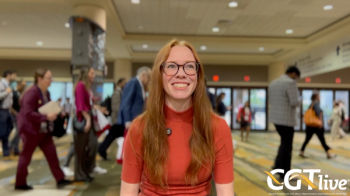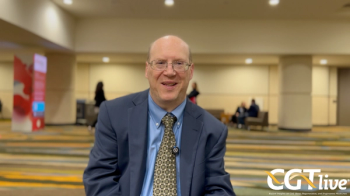
Taking Small Steps Toward an HIV Cure
Researchers have had little success in developing an HIV cure, but recent studies involving gene therapy, immune-based therapy, reactivation of the immune system, and "very early" treatment have produced promising results.
At a workshop at the 2013 United States Conference on AIDS (USCA), Rowena Johnston, PhD, discussed some of the promising inroads that have been made towards an HIV “cure.” Dr. Johnston is Vice President and Director of Research at
Dr. Johnston discussed some of the recent cases and research that shape our view of a potential cure for HIV, emphasizing that we are still very early in the search for a cure. “It seems the more we know about this, the more we learn that it’s going to be harder than we thought… there’s still a long way to go yet,” she said.
Timothy Ray Brown is an HIV-positive individual who was diagnosed with acute myeloid leukemia. He received stem cell treatments for his leukemia, which made him immune to HIV. His doctors deliberately picked a donor who had a specific gene mutation—one with cells that lack CCR5, a protein that allows HIV to enter blood cells. The risks of such a procedure only make sense in the face of death, but researchers have been targeting other therapeutic options that target the CCR5 receptor. Dr. Johnston told the audience, “You have to keep in mind… one of the reasons people were so excited about Tim, was that at that point many people didn’t think you could cure any viral infection at all.”
Dr. Johnston also discussed cases of “functional cures” of HIV, such as in the
Dr. Johnston briefly outlined the four main approaches currently targeted in the search for a cure: reactivation of the immune system, very early treatment, immune-based therapy, and gene therapy. She noted that the drugs used in the reactivation approach are currently highly toxic. The very early treatment approach holds a lot of potential, but practically speaking it may not be of much benefit, since these individuals need to be treated before they are HIV-positive by standard tests. Theoretically a HIV vaccine could provide a potential cure, but no one has yet been able to come up with a vaccine that is properly immunogenic. Dr. Johnston noted that gene therapy also has the potential to bring about a cure, and it might make a person unable to ever contract HIV in the future. But she pointed out, “somebody’s messing with your DNA—that’s a potential serious downside.”
Dr. Johnston suggested that in the upcoming year we will probably hear more about new discoveries in the field. She described a new method that Thai researchers have developed to identify and treat patients very early in infection. Like the VISCONTI patients, these people also appear to have virus reservoir levels that are undetectable by standard tests. But Dr. Johnston observed, “Since they are still taking viral therapy, we are still not sure what that definitively means in terms of cure.”
Dr. Johnston also described another case of a patient in Boston similar to Timothy Brown. This patient was given regular stem cells instead of those with the CCR5 mutation, but he still appears to lack a viral HIV load. Though this case is too early to be called a “cure” as yet, “it may be interesting and instructive,” she concluded.
Newsletter
Stay at the forefront of cutting-edge science with CGT—your direct line to expert insights, breakthrough data, and real-time coverage of the latest advancements in cell and gene therapy.
















































